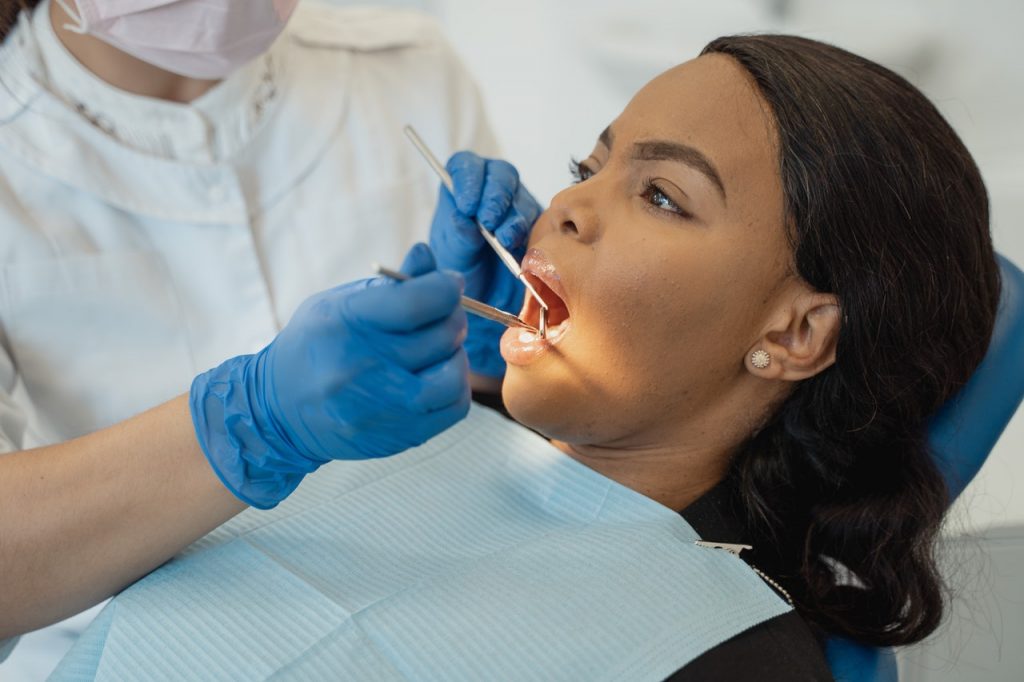Being born with a malocclusion used to be something that many patients just lived with for the rest of their lives. There was only one effective treatment for certain malocclusions: the metal brace. However, over the decades, there have been incredible advances in dental techniques and equipment to correct a variety of malocclusions. For any orthodontist Liverpool, it would be hugely rewarding to see what can be achieved today with life-changing results. A malocclusion is described as a bad bite when teeth do not meet due to dental or jawbone misalignment.

Varieties of the condition
Malocclusions are usually hereditary conditions passed down from previous generations. Crooked or protruding teeth or a crowded mouth can cause serious gum problems. The jawbone joint can also be affected, resulting in a clicking sound and even jaw strain. Speech can be affected as well as sleep, and it is not uncommon to also suffer from headaches. The patient’s cosmetic appearance can also suffer.
Treatment options
The orthodontic field of dentistry has benefited greatly from the advances in technology. The dental appliances that have been created are also supported by software and hardware. All of this combined allows orthodontists to acquire a highly detailed and clear image of the condition. This level of detail allows for an accurate diagnosis and a far more efficient and effective treatment plan than what would have been possible in the past. In addition, the plethora of dental alignment appliances allows for a more targeted approach.
Identifying the condition
A thorough examination will identify the condition, but it is also necessary to assess the damage that has been caused over the years and any other side effects. Digital x-rays and 3D scanners that can take up to six thousand images a second produce images far superior to those produced several years ago.
Patients today are far more inquisitive and want to be involved in their treatment; therefore, orthodontists today spend a lot of time explaining the condition and the treatment options to the patient. This allows the patient to ask as many questions as they like so that they understand the problem and can decide, with guidance, which treatment suits them best.
Different dental appliances
The original metal brace, which looked cumbersome and uncomfortable, has been completely overhauled and is now a more comfortable and efficient piece of dental equipment. Dental science has been busy, and there are now clear and tooth-coloured braces that are less conspicuous.
Braces usually use blocks, which must be attached to the front of the teeth, wires and bands to increase pressure and slowly move the teeth. Now there is also the self-adjusting brace, which requires fewer dental appointments for adjustments. A new brace fits onto the inside of the teeth, making it virtually invisible. More lately, a dental appliance which does not use blocks, wires and bands has been invented; this resembles a gum shield and is fitted over the teeth, and several are required for a particular treatment. These gum shields are referred to as aligners, and each one has a slightly different orientation so that it will move the teeth gradually to the desired locations.
Malocclusion, a thing of the past
Malocclusions can now be treated using many different techniques and appliances. In the twenty-first century, patients can enjoy stunning, straight teeth and smile without embarrassment.

